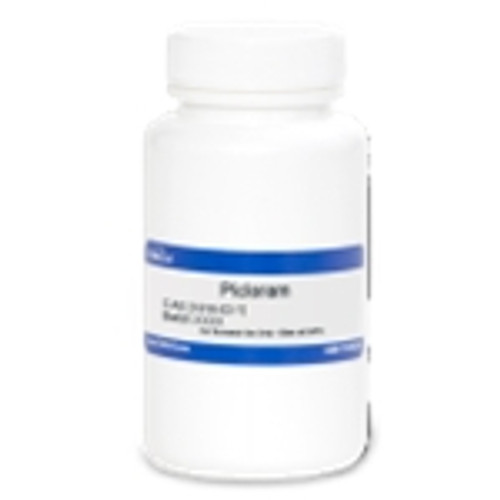Picloram belongs to the puridine class of the auxinic herbicides similar to the hormone IAA (Indole-3-Acetic Acid). Picloram is sparingly soluble in water at 0.43 mg/mL and freely soluble in actone at 19.8 mg/mL.
| Plant Biology Applications | Auxin herbicides are involved in many developmental processes including differentiation of vascular tissue, formation of lateral and adventitious roots, apical dominance control, and tropic responses such as growing towards light. High concentrations of auxinic herbicides can however cause various growth abnormalities. In broadleaf dicots, Picloram can cause leaf epinasty and/or cupping, stem twisting, root and stem thickening and leading to chlorosis and necrosis (Zheng, 2001). |
| Molecular Formula | C6H3Cl3N2O2 |
| References | Zheng H.G. and Hall J.C., 2001, Understanding auxinic herbicide resistance in wild mustard: physiological, biochemical, and molecular genetic approaches. Weed Science, 49:276-281. 2001 |


